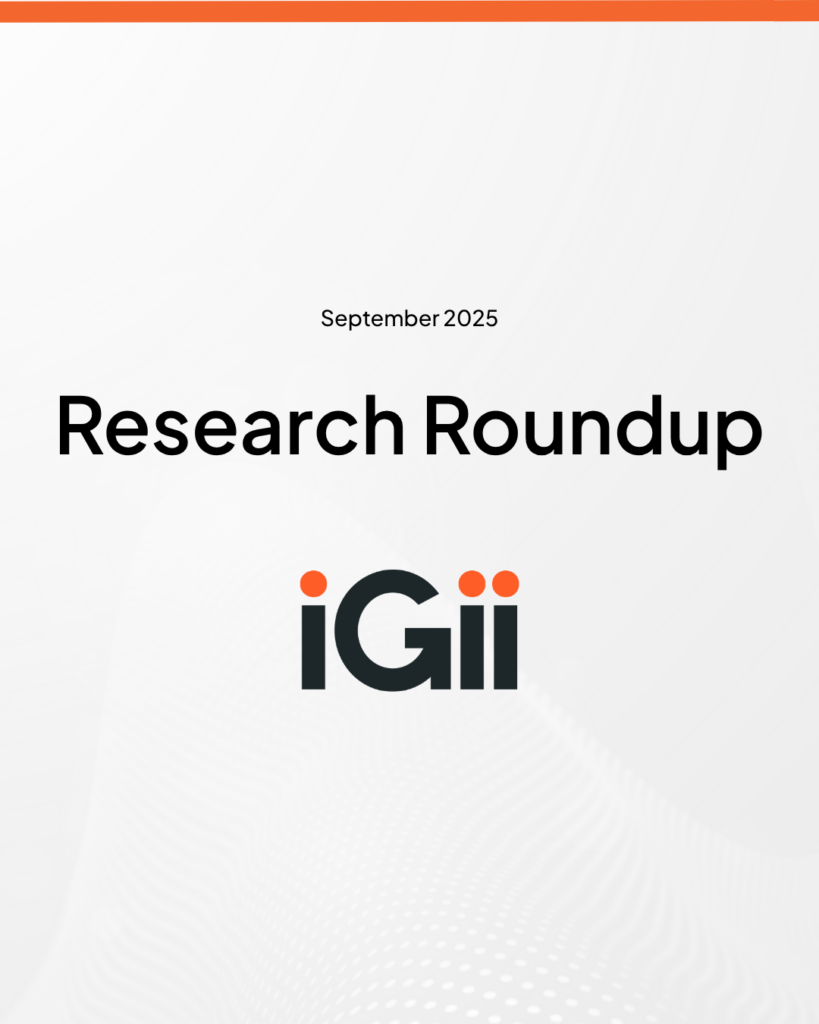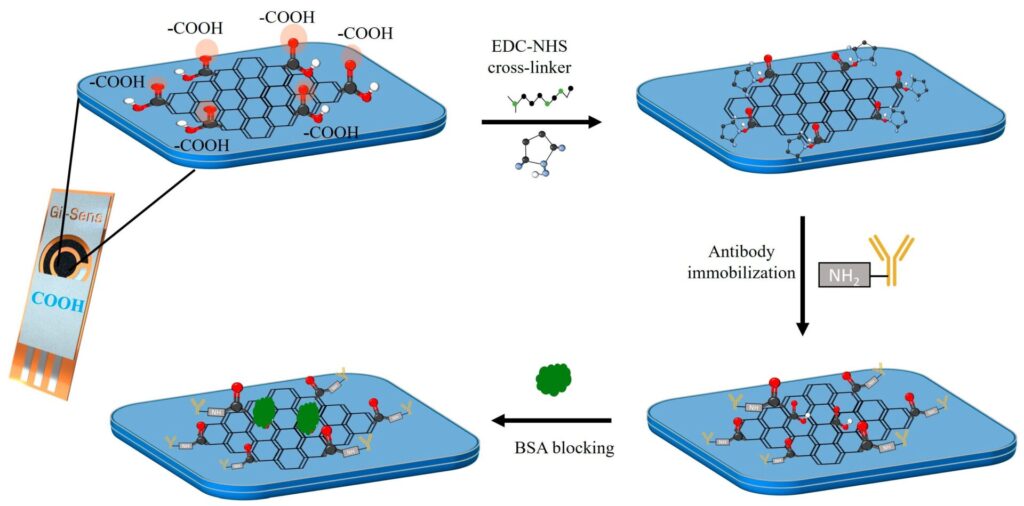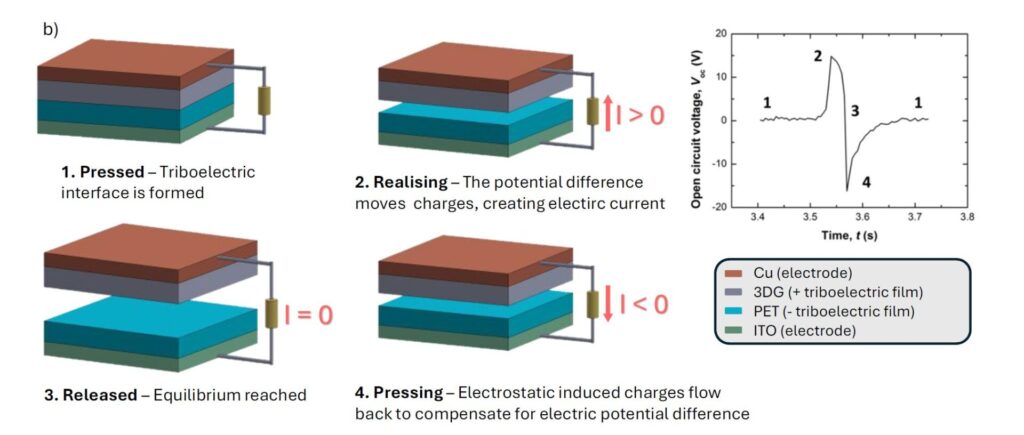
iGii Research Roundup – July 2025
Welcome to the second of the Research Roundup series.
In this series, we provide brief updates on the latest academic research across the world making use of our 3D carbon nanomaterial, Gii.
Here, we explore the potential of Gii for sensing with aptamers and exploring varying techniques for glucose testing.
1. Gii-based aptasensors to enhance detection of ciprofloxacin antibiotics.
What is it?
In this study, the researchers explored the detection of ciprofloxacin, the active pharmaceutical ingredient of the antibiotic, with a cost-efficient, faster and better electrochemical test based on Gii.
Why does it matter?
Antibiotic resistance has become a major concern globally, meaning patients are not able to receive the right treatment, at the right time for better prognosis. This is due to bacteria evolving through natural selection as antibiotic resistant strains of bacteria are surviving and continuing to grow. Consumption of antibiotics has increased significantly either through medicinal purposes or unintentionally through contaminated foods.
With the prevalence of antibiotic contaminated foods increasing, this has sparked the need for faster, better and cost-effective tests to detect antibiotics in the field and in pharmaceutical samples.
Want to find out more?
You can read the publication here
Reference: Hobeika, E., Saab, J., Hallit, S. et al. Enhancing antibiotic detection via an aptasensor: the case of ciprofloxacin. BMC Chemistry 19, 77 (2025). https://doi.org/10.1186/s13065-025-01425-1
2. Innovative glucose monitoring using gold nanoparticle functionalised Gii-based biosensors
What is it?
Researchers from the Brunel University London have developed an innovative Gii-based gold nanoparticle functionalised biosensors for a real-time glucose monitoring.
The work demonstrated the potential of a promising alternative for non-enzymatic and real-time monitoring with an electrochemical glucose detection method with Gii functionalised with gold nanoparticles that offers improved sensitivity and lower limits of detection.
Why does it matter?
The prevalence of Diabetes Metalus has grown significantly over the last few decades and expected to continually increase. Current technologies widely used are an enzymatic-based test that required careful storage and handling otherwise, the integrity of the test can be impacted with changes in temperature and pH levels or the sample is not collected correctly. Though non-enzymatic based glucose tests exists, they are not readily available and expensive in comparison.
Want to find out more?
You can read the paper here
Reference: Ahmed, oneeba and Wu, Ruiheng, Smart Glucose Monitoring: Pure 3d Graphene and Gold Nanoparticle Based Biosensors with Real-Time Monitoring. Available at SSRN: https://ssrn.com/abstract=5239580 or http://dx.doi.org/10.2139/ssrn.5239580
3. Gii-based and graphite electrodes modified with Prussian Blue for glucose testing
What is it?
This work evaluated to performance of electrochemical electrodes modified Prussian Blue by measuring hydrogen peroxide converted using electrocatalytic technique. The study determined that graphene and carbon-based materials can had potential as alternative materials for glucose testing but optimisation of the Prussian blue deposition methodology will be required to evaluate the true potential of these electrodes.
Why does it matter?
The emergence of alternative materials for electrochemical sensing are transforming the landscape in diagnostics. Most electrochemical tests use noble metals like gold, platinum and palladium or carbon materials. While performance a good, these materials are finite as they are mined and required binders and pre-treatment which are costly and environmentally taxing. Novel materials are have demonstrated great potential in address these issues and have potential to improve performance of these tests.
Want to find out more?
You can read the paper here
Reference: Andersson, Eleonora, Graphene electrode platform for electrochemical detection of glucose. Available at https://www.doria.fi/handle/10024/192570?show=full
Interested in utilising Gii in your research projects? Get in touch with our team:


